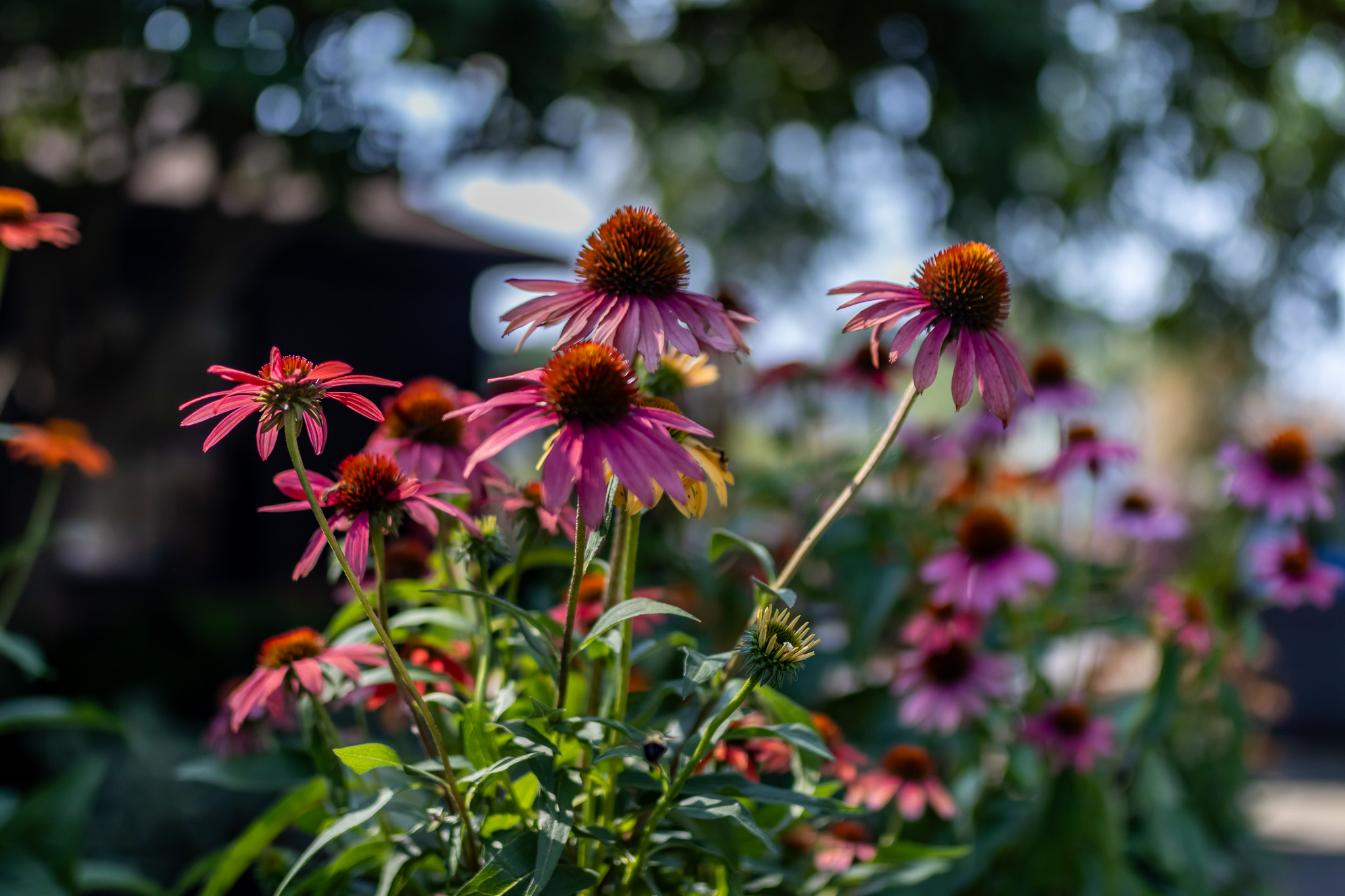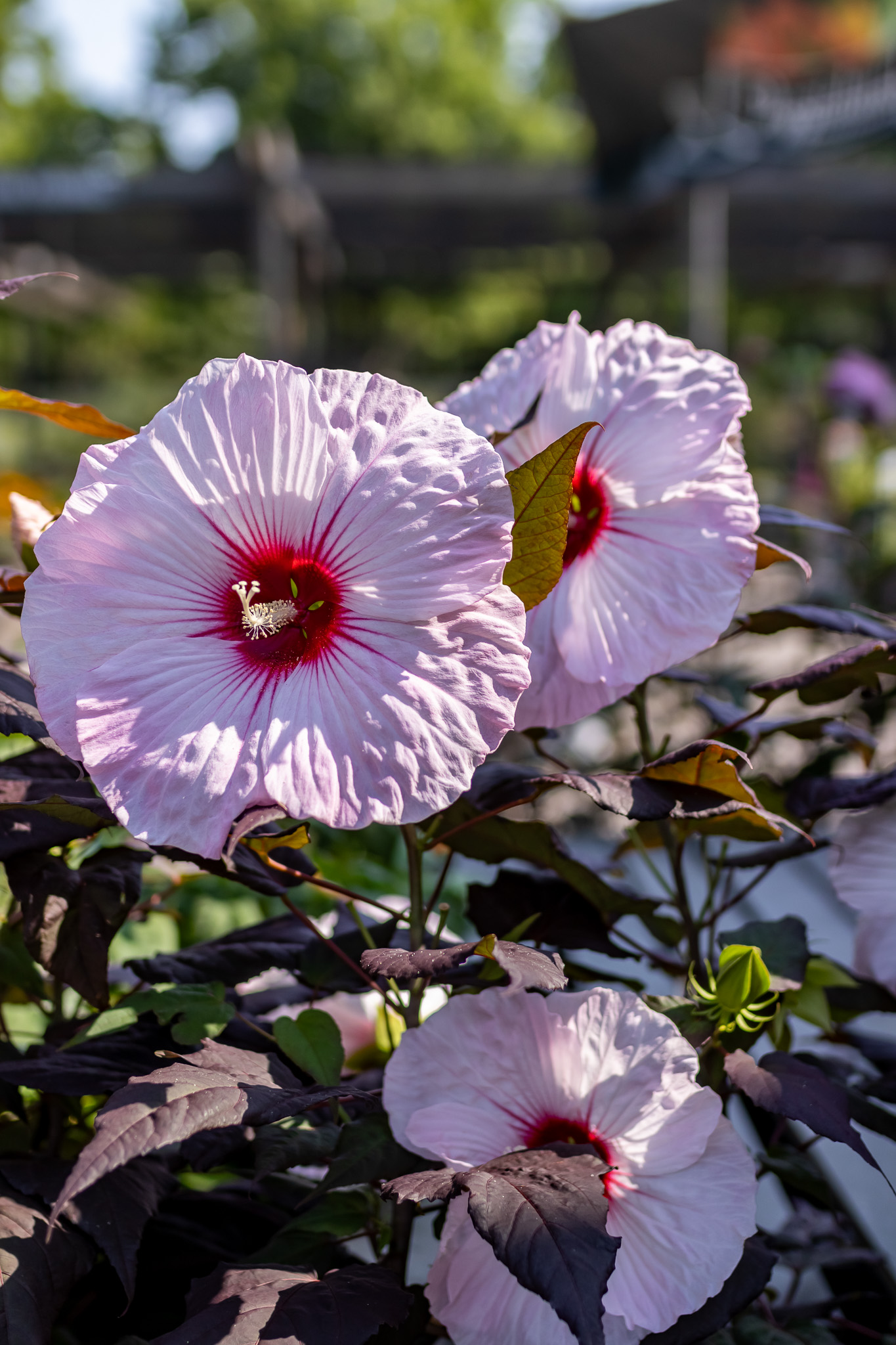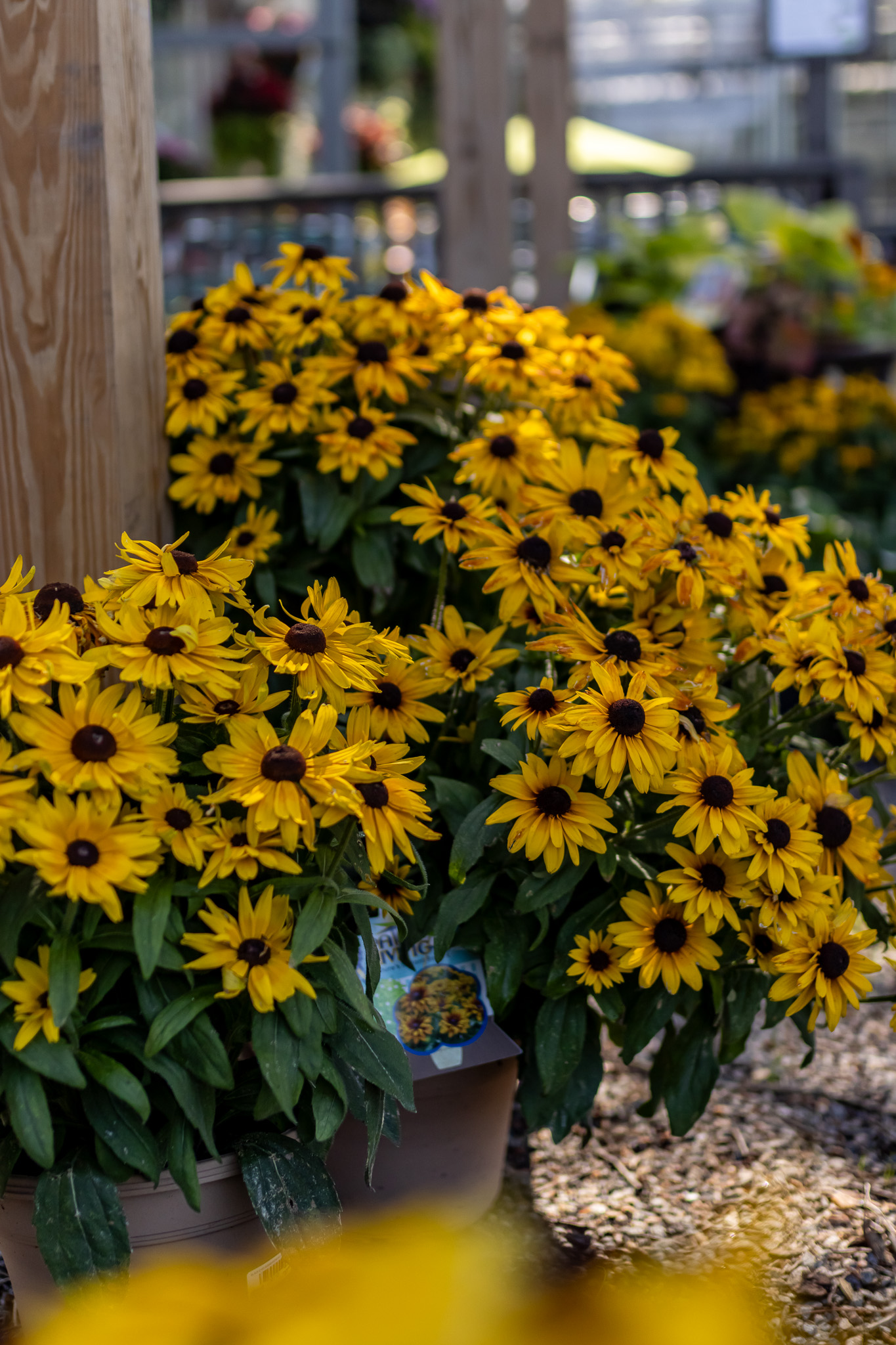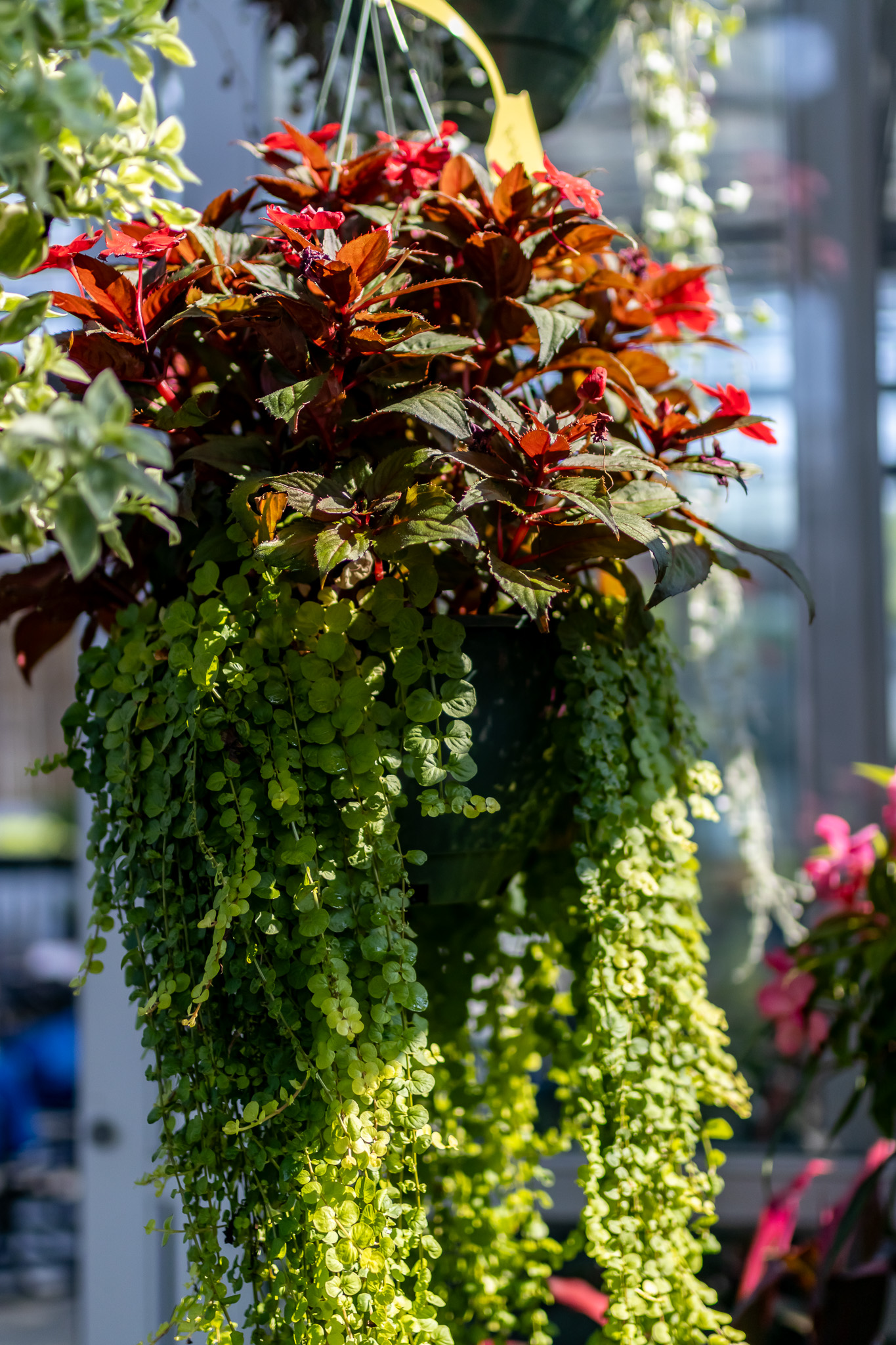Looking for a long-lasting color that can handle the summer heat without constant care? These heat-tolerant perennials are your best bet. Built for sun-drenched days and designed to come back stronger each year, these plants offer beautiful blooms, texture, and pollinator appeal and all with minimal effort from you!
Here are some of the best low-maintenance perennials to grow in hot, sunny conditions:




Coneflowers (Echinacea spp.)
A favorite for gardeners and pollinators alike, coneflowers are native to North America and thrive in full sun. Their large, daisy-like flowers bloom from mid-summer through fall, and come in a wide range of colors, from classic purple to vibrant orange, coral, and even white/lime green. These hardy perennials are drought-tolerant once established and can handle poor soil conditions with ease.
Best for: Pollinator gardens, borders, and cut-flower arrangements
Care tips: Deadheading encourages rebloom, but spent blooms can be left in fall to provide seeds for birds.
Daylilies (Hemerocallis spp.)
Few plants offer the reliability and variety of daylilies. With strappy green foliage and trumpet-shaped blooms, these sun-loving perennials come in nearly every color imaginable. While individual blooms last only one day, each plant produces dozens of buds over an extended period, especially the reblooming varieties. They’re incredibly adaptable to different soil types and weather conditions.
Best for: Mass plantings, slopes, and perennial borders
Care tips: Remove spent flower stalks to tidy up the plant and encourage continued blooming.
Coreopsis (Coreopsis spp.)
Coreopsis produces a profusion of bright, daisy-like flowers, mainly in shades of yellow or gold. These compact perennials are perfect for sunny beds and borders, with a long bloom season from early summer through fall. They prefer well-draining soil and are quite drought-tolerant once established.
Best for: Edges, mixed perennial beds, and pollinator gardens
Care tips: Shear back spent blooms mid-season to encourage a second flush of flowers.
Perennial Hibiscus (Hibiscus moscheutos)
This bold perennial brings serious impact to the summer garden with oversized blooms that can reach 6-8 inches wide. Blooming from midsummer through early fall, perennial hibiscus thrives in full sun and appreciates consistent moisture, especially during dry spells. The foliage can range from bright green to burgundy tones depending on the variety.
Best for: Foundation beds, focal points, and moisture-retentive soils
Care tips: Dies back to the ground in winter—wait until late spring for it to emerge, as it wakes up slowly. Regular watering encourages the best bloom performance.
Russian Sage (Perovskia atriplicifolia)
Russian sage adds height, texture, and cool-toned color to the summer landscape. It has silvery-gray stems and lacy foliage and sends up airy plumes of lavender-blue flowers from midsummer to fall. It thrives in full sun and dry soils, which makes it perfect for challenging areas of the garden.
Best for: Dry landscapes and deer-resistant gardens
Care tips: Cut back to about 6–12 inches in early spring to encourage a tidy, bushy habit.
Yarrow (Achillea millefolium)
Yarrow’s flat-topped flower clusters bloom hovering over ferny, aromatic foliage. This tough perennial stands up to hot, dry weather and poor soil with ease. It’s also a reliable nectar source for pollinators and looks great in wildflower gardens or mixed perennial beds.
Best for: Pollinator gardens, naturalized areas, and cut or dried flower arrangements
Care tips: Deadhead to prolong blooming, and divide every few years to maintain vigor.
Black-Eyed Susan (Rudbeckia fulgida)
This classic native perennial brightens gardens with golden-yellow petals and a deep brown center. Black-eyed Susans are tough, adaptable, and ideal for large garden areas or naturalized plantings. They bloom from mid-summer into early fall, standing up to hot days, humidity, and even drought once established.
Best for: Wildlife gardens and informal beds
Care tips: Divide every few years to keep plants vigorous and prevent overcrowding.
Salvia (Salvia nemorosa and hybrids)
Salvia offers strong vertical interest with spikes of purple, blue, or red blooms throughout the growing season. This sun-loving perennial attracts bees, butterflies, and hummingbirds and performs well even in the height of summer. Many varieties will rebloom if trimmed after flowering.
Best for: Cottage gardens, pollinator patches, and low-maintenance landscapes
Care tips: Cut back by one-third after the first bloom to encourage a second round of flowers.
Sedum (Sedum spectabile and hybrids)
Sedum is a succulent-type perennial that stores water in its stems and thrives in sunny, dry conditions. They bloom in late summer and transition from pink to rusty red as fall approaches. Their upright habit and distinctive flower heads add structure and seasonal interest.
Best for: Rock gardens, borders, and late-season color
Care tips: Divide every few years in spring, and avoid overwatering, sedum prefers dry roots.
Smart Strategies to Make it Even Easier
- Plant in the right place: Most of these perennials need full sun (6+ hours daily) to thrive and bloom.
- Water deeply but infrequently: Once established, many of these plants are drought-tolerant.
- Mulch for moisture: A 2–3 inch layer of mulch helps retain soil moisture and keeps roots cooler.
- Choose companion plants with similar needs: Grouping plants by sun and water preferences makes maintenance easier and more effective.
Find Your Summer Favorites
We carry a wide selection of heat-tolerant perennials perfectly suited to our coastal climate and our Green Team experts can help you pick the right plants for long-lasting summer beauty, with less work. To stay inspired and grow with us, follow us on Facebook, Instagram, Pinterest, and TikTok to dig into the joys of gardening!
